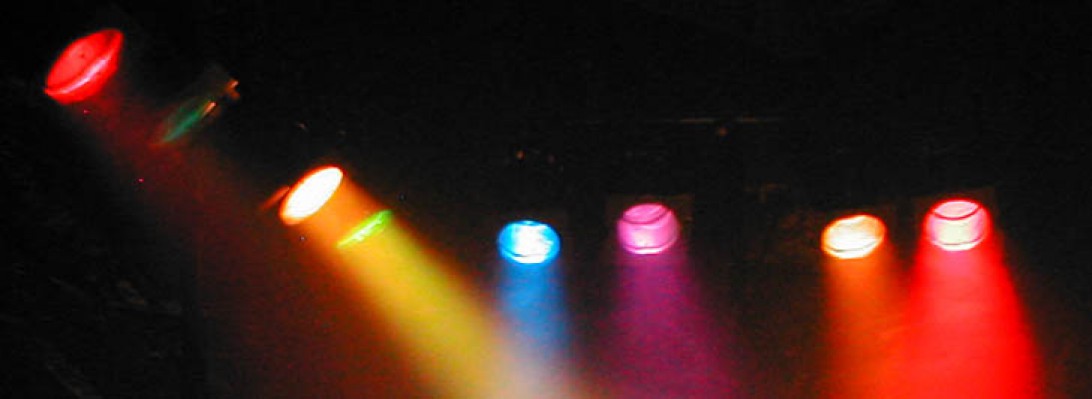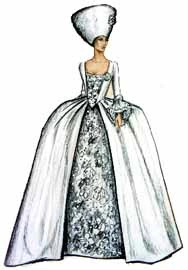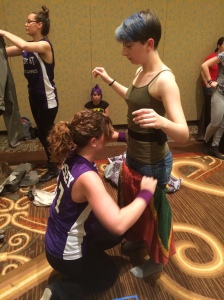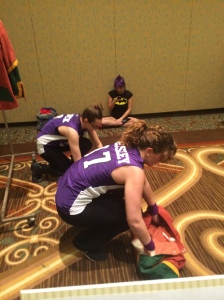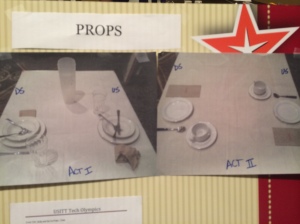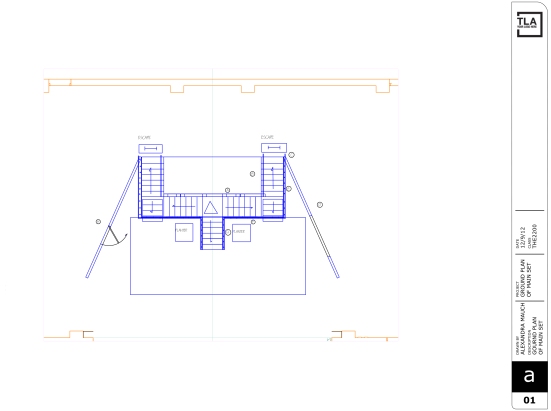You will never find harder working people than those who are on a traveling show. Last summer I worked at Durham Performing Arts Center which is a show house. (FYI- show house means they have traveling shows come in and show them; they do not produce their own work. Production houses produce their own shows.) Over the summer I worked with the traveling crews of the Julianne and Derek Hough tour, the American Idol tour, Ringo Starr and his All-Starr band, and many others.
The schedule is crazy. You get to the theatre at 6 in the morning just as the brigade of trucks is pulling in. A big Broadway show on tour has 20 plus 18 wheel trucks, the small (in comparison) tours that I worked on were only 2-4 big trucks. There is a system to the way you unload them, and an order to the way that they come in. God forbid you mess up the order or the system. Once the trucks are unloaded the in house production staff join the crew in setting up the stage and backstage. You will never see so many feet of cable or expensive lights anywhere else. These traveling crews have setting up down to a science and they’re done with everything in about 4 or 5 hours. Then you hang out until sound-check, wait a little while, then run the show. A moto of theatre is “hurry up and wait”.
The second the show is over and the bows are done, you are backstage tearing things down. These tours have a schedule to keep and they will keep it come hell or high water. Often the show takes less time to come down then to go up. They pack it all up and are on their way again to do it all again! After a 6am to midnight day, you appreciate that you don’t have to do it again the next day. I learned so much about how tours work, and it’s helping me this coming week when we are taking HPU’s production of The Servant of Two Masters on tour!
